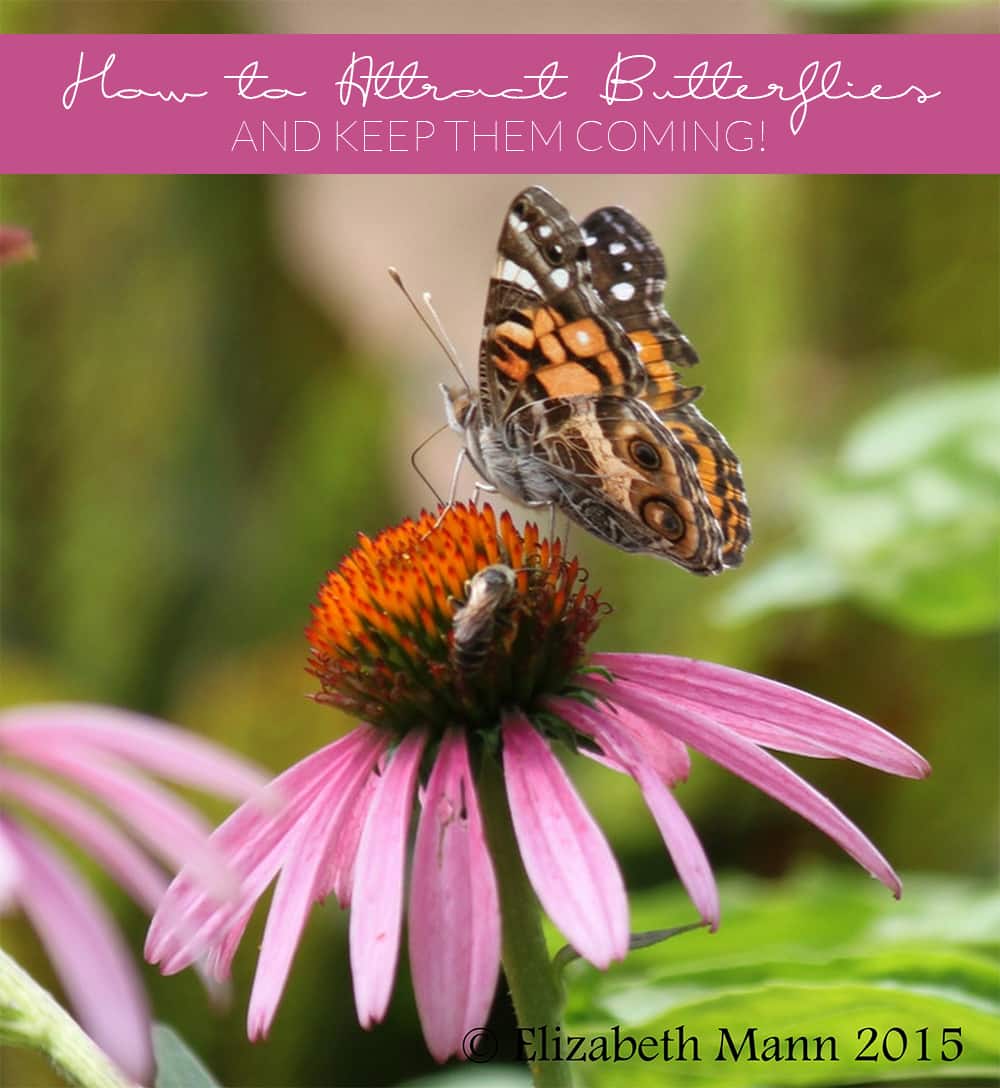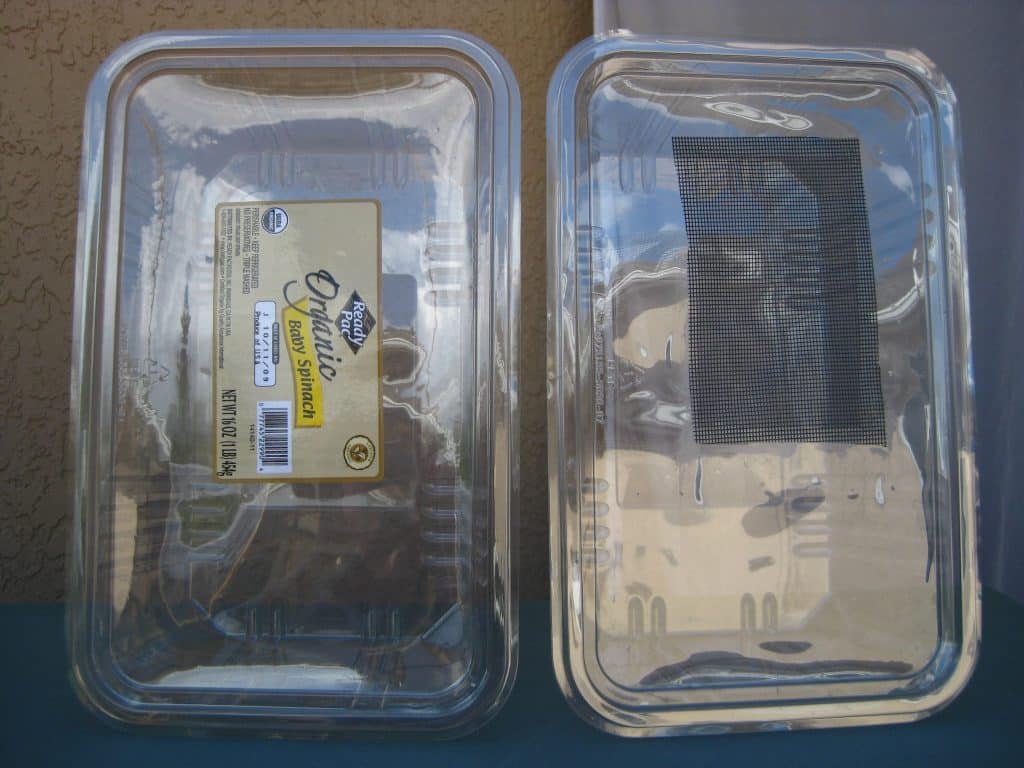Butterflies alight in us a wonder and curiosity of how such a small insect can glide across the air with such ease. They are a representation of nature. How it is so beautiful yet so fragile. To see a butterfly brings peace. We desire to know the secret of how a wiggly caterpillar can turn into a winged creature, but that mystery is the magic behind a butterfly. They appear to be amongst the most delicate of creatures, but it is because of this elegance and fragility that we seek to become attuned to our surroundings. Butterflies welcome us to explore the wonderful world of gardening. How to we get these beautiful creatures to stay in our gardens? It is not as hard as you might think.
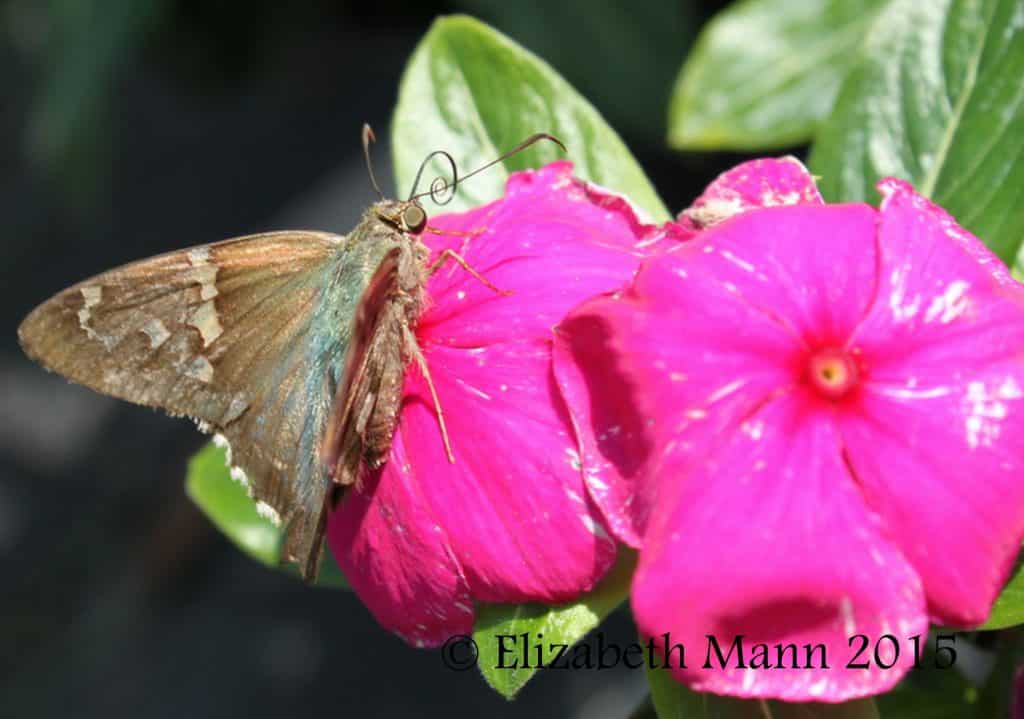
1. Attractive nectar rich flowers
First of all, we need bright and colorful flowers. Something so alluring that they become irresistible to our winged friends. Plant nectar rich plants like zinnias, bee balm, butterfly bush, and dianthus. Choose a variety of annual and perennial flowers with various bloom times. Plant ornamental and native plants. Give them a sunny location, keep them well watered, and tend to them with love.
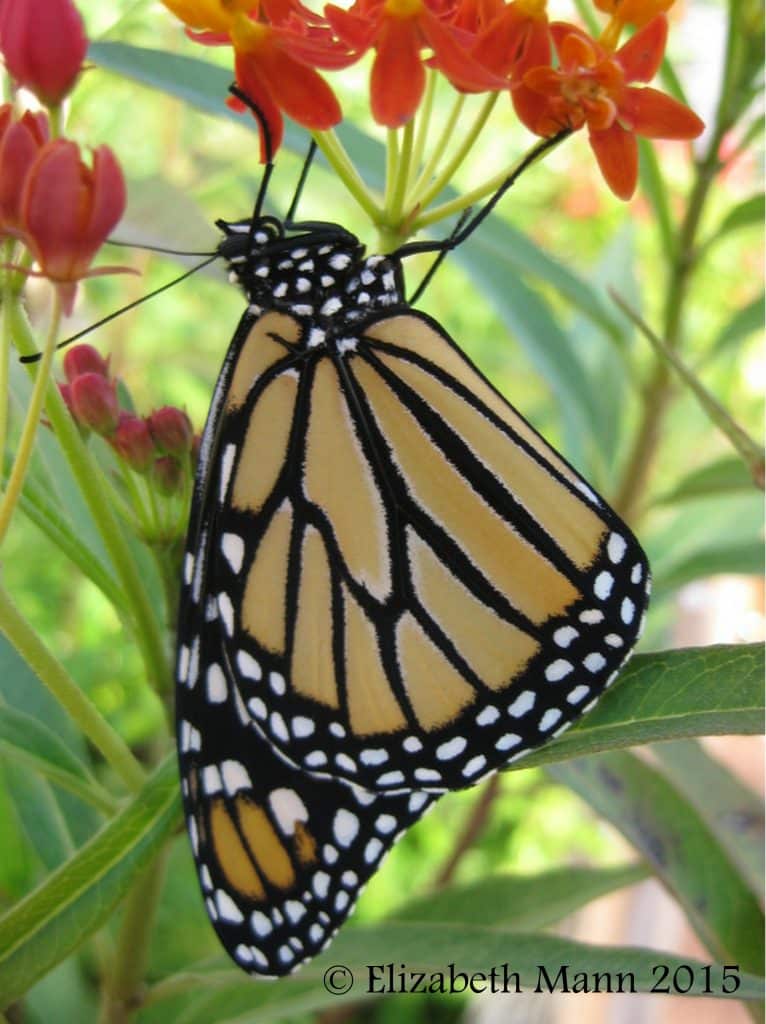
2. Plant host plants
The key to keeping butterflies in your garden is having host plants. Host plants are the main course of the meal. They feed the butterfly caterpillars. They are what produce the butterflies. By this I mean that the butterflies lay eggs on them, the caterpillars eat them, then make chrysalises, and finally emerge as butterflies. Plant host plants and you are sure to increase the butterfly population in your area. Some host plants such as Milkweed are dual purpose serving as caterpillar food and a source of nectar. Milkweed is one of the most important host plants in my opinion to plant in your garden because it is the host plant of the Monarch butterfly.
3. Provide a Safe Habitat
There are many ways to accomplish this. My personal preference in rearing my butterflies in captivity. This does not need to be expensive. It can be free! I take salad containers, cut out a rectangle in the lid, and cover it with window screening. Wasps, birds, lizards, frogs, and even cats have a habit of eating my butterflies so protection is key to protect my winged friends! For wild butterflies, supply hedges and other areas where the butterflies can hind from predators, rain, and rest in at night.
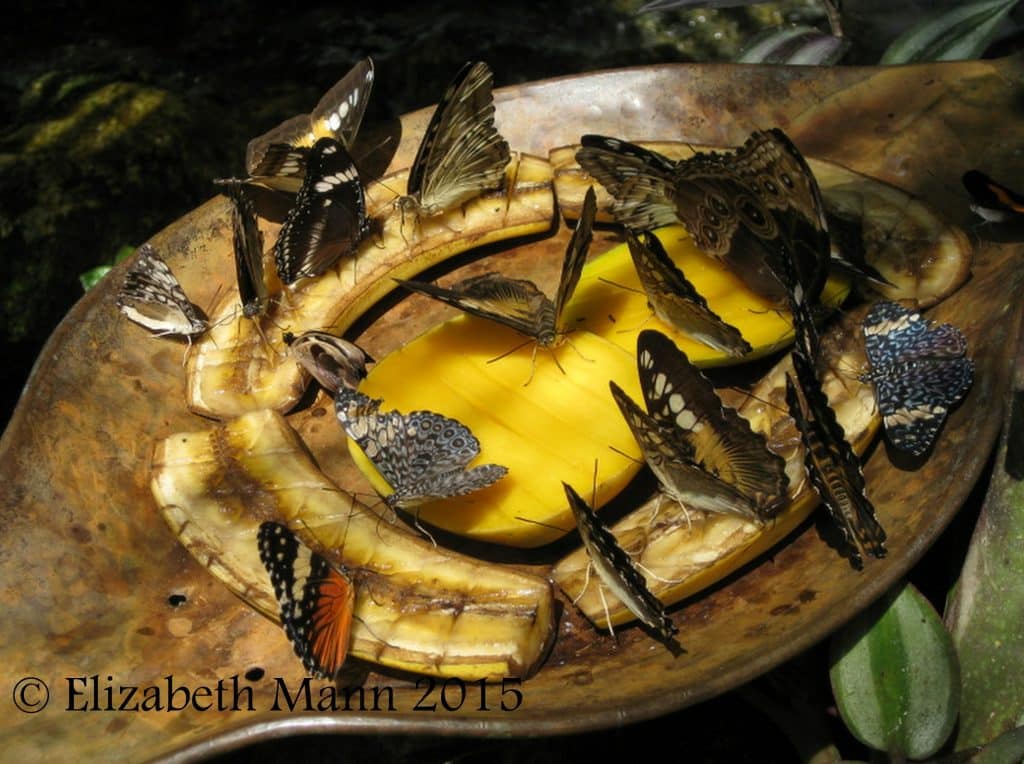
4. Provide Refreshments and an Oasis
Butterflies need a place to relax just like us. Provide bushes for them to hide in or bask on in the morning sun to warm up their wings for flight. Provide over ripe bananas, mango, watermelon, or other fruit for them to feed on. Also you can put out moist sand to supply a “puddling” station for the males to suck up minerals needed for the mating process.
Host Plant (Caterpillar food) Wish List
- Monarch – Caterpillars eat various Milkweeds including the native Common Milkweed and the non-native tropical Milkweed.
- Black Swallowtail – Dill, parsley, fennel, and even carrot leaves.
- Giant Swallowtail – Cultivated citrus plants
- Red-spotted Purple – Black cherry, Wild Cherry, and Willow
- Cloudless Sulphur – Various Cassia species
- Gulf Fritillary – Passionvines (species with purple flowers not red!)
- Painted Lady – Thistle, holyhock, and sunflower
The list above will help you expand on the host plants you desire to plant and the pictures below with give you ideas of nectar plants to grow. You can also get free Milkweed seeds on Live Monarch’s website to help the Monarch butterfly. And below are pictures to inspire you as you dream up your garden this spring.
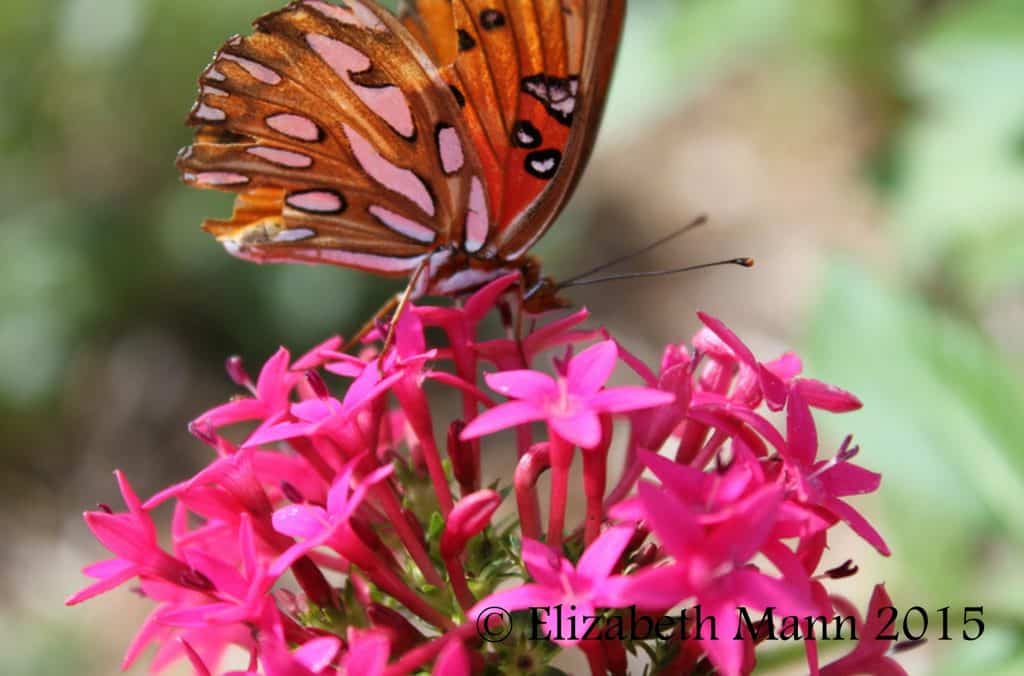
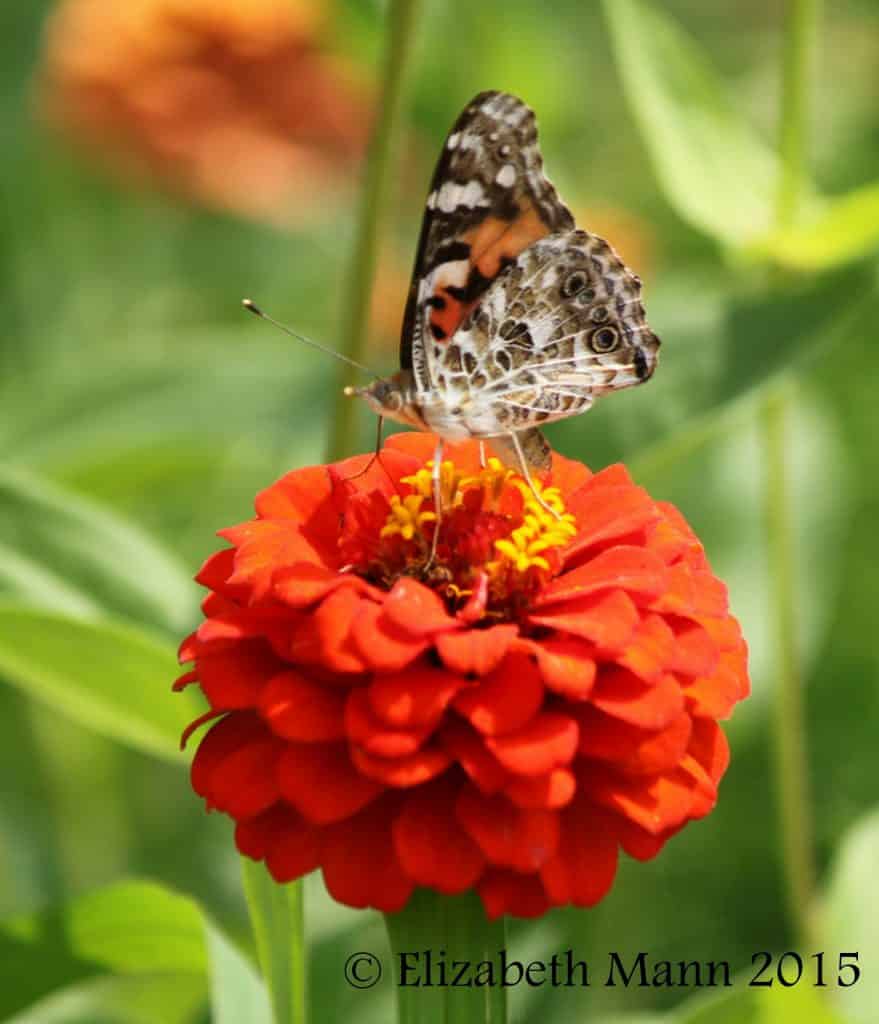
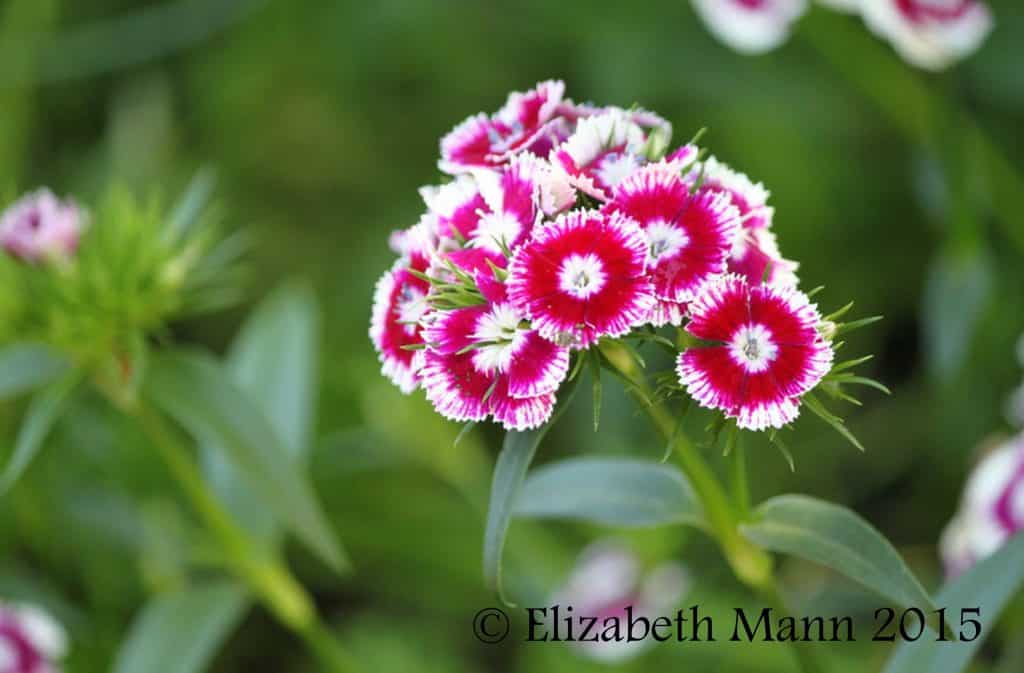
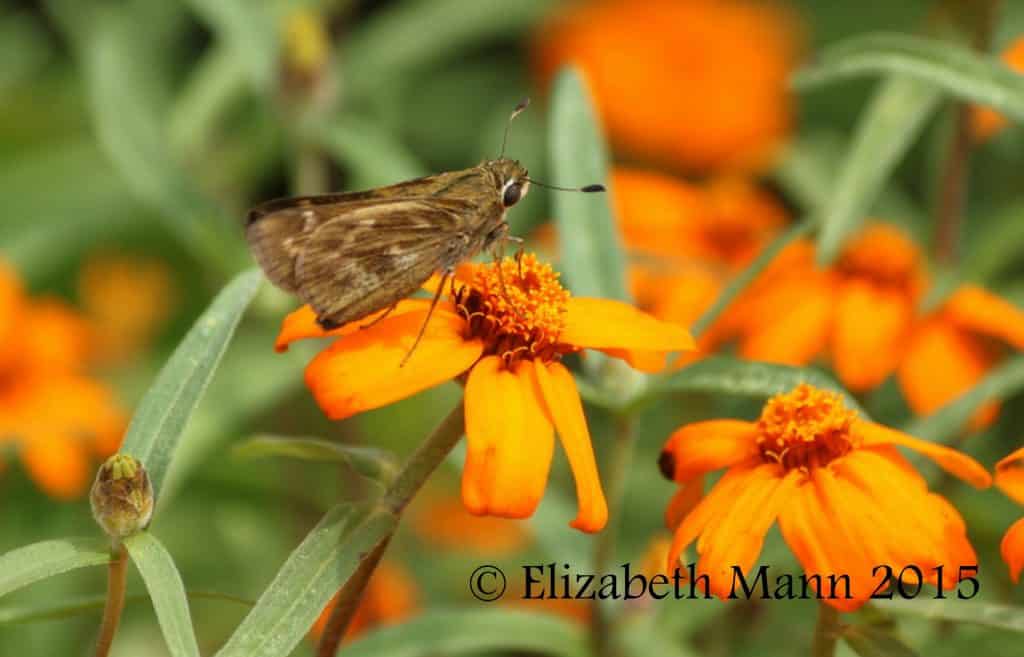
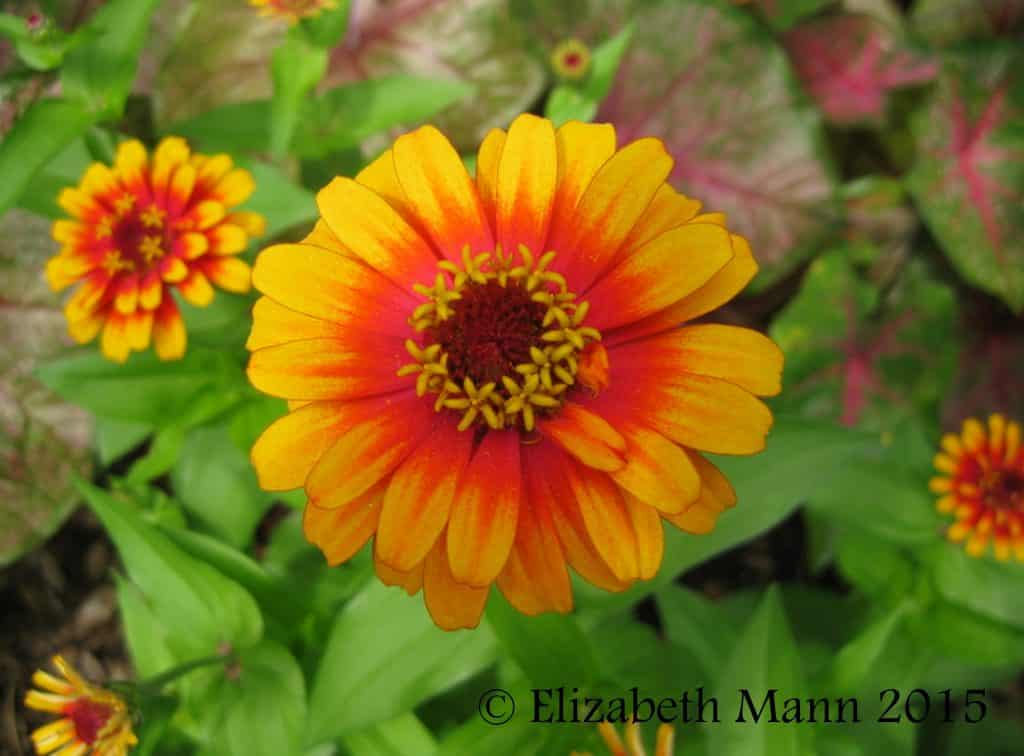
To learn more about raising butterflies and butterfly life cycles, you can also purchase my book. Now is the time to raise butterflies and explore the wonderful world of gardening!

